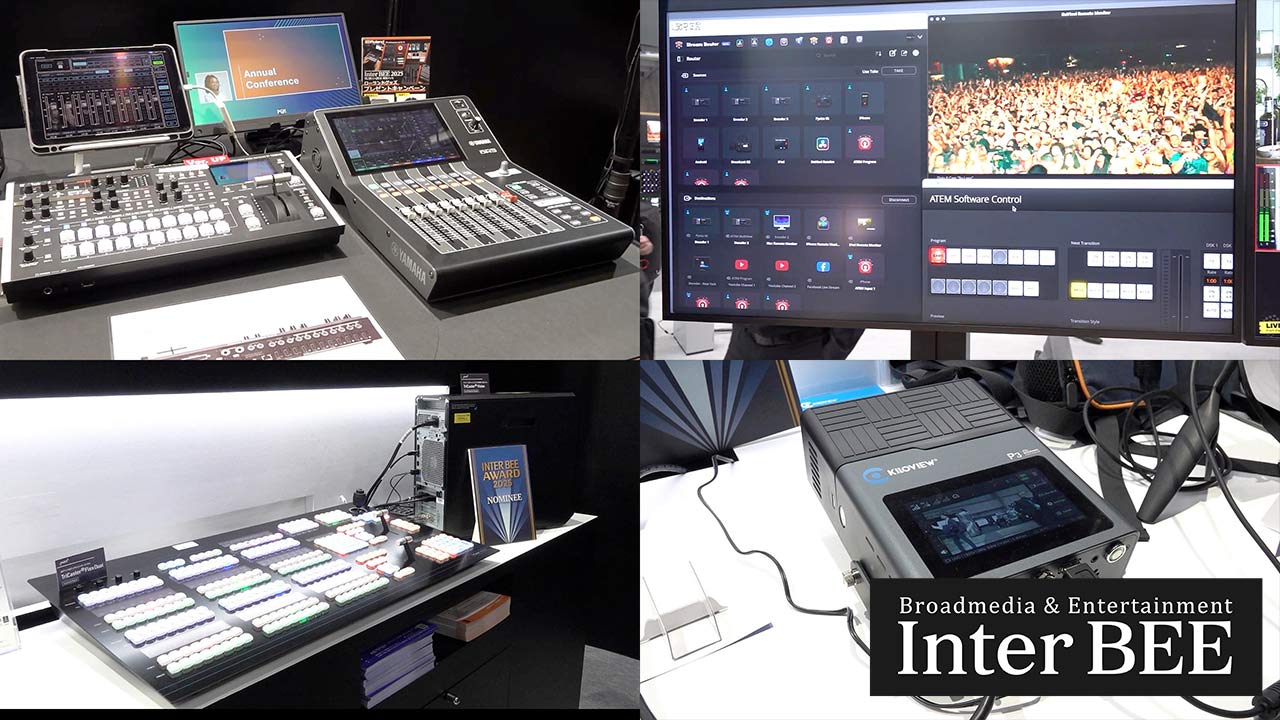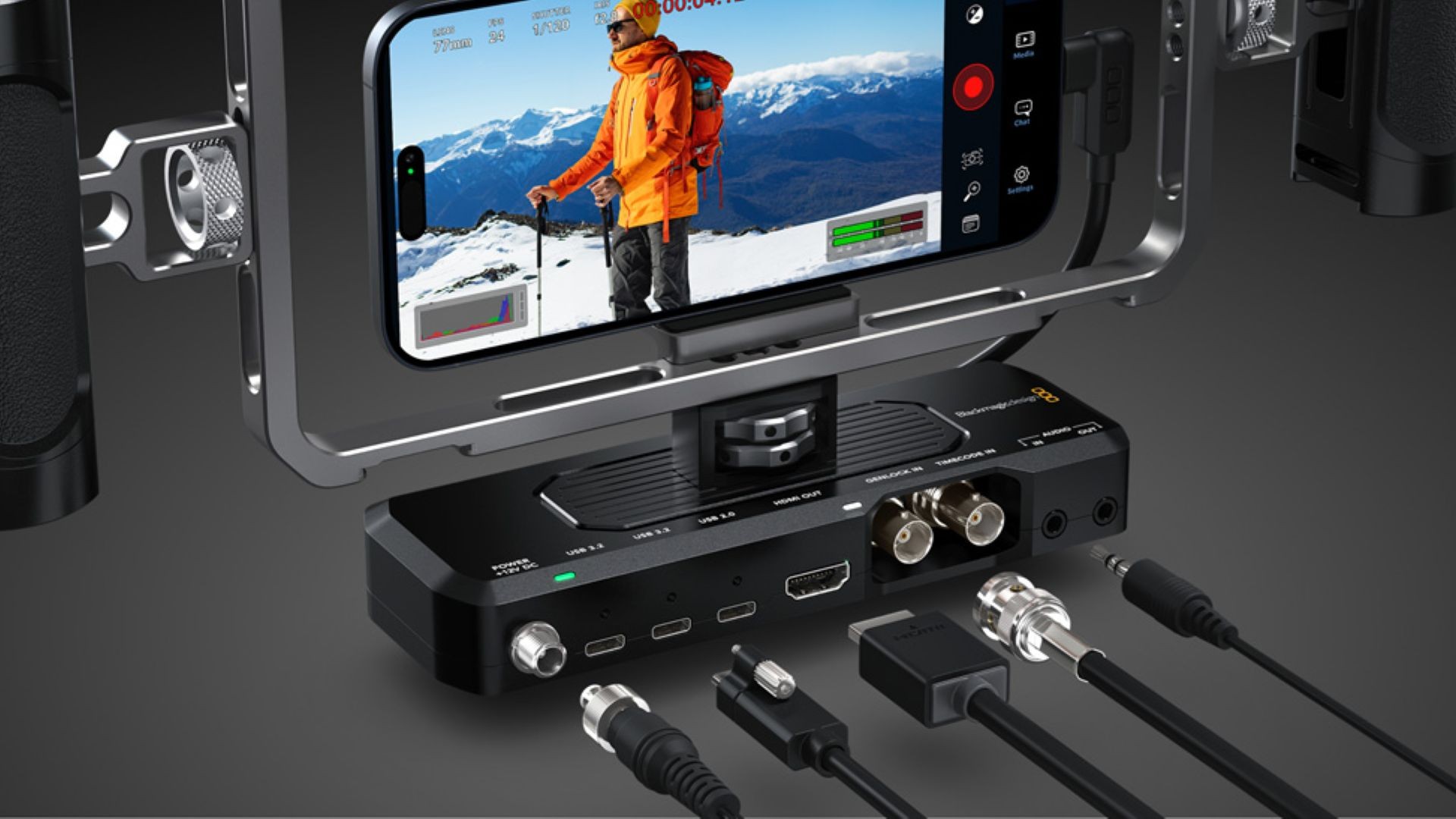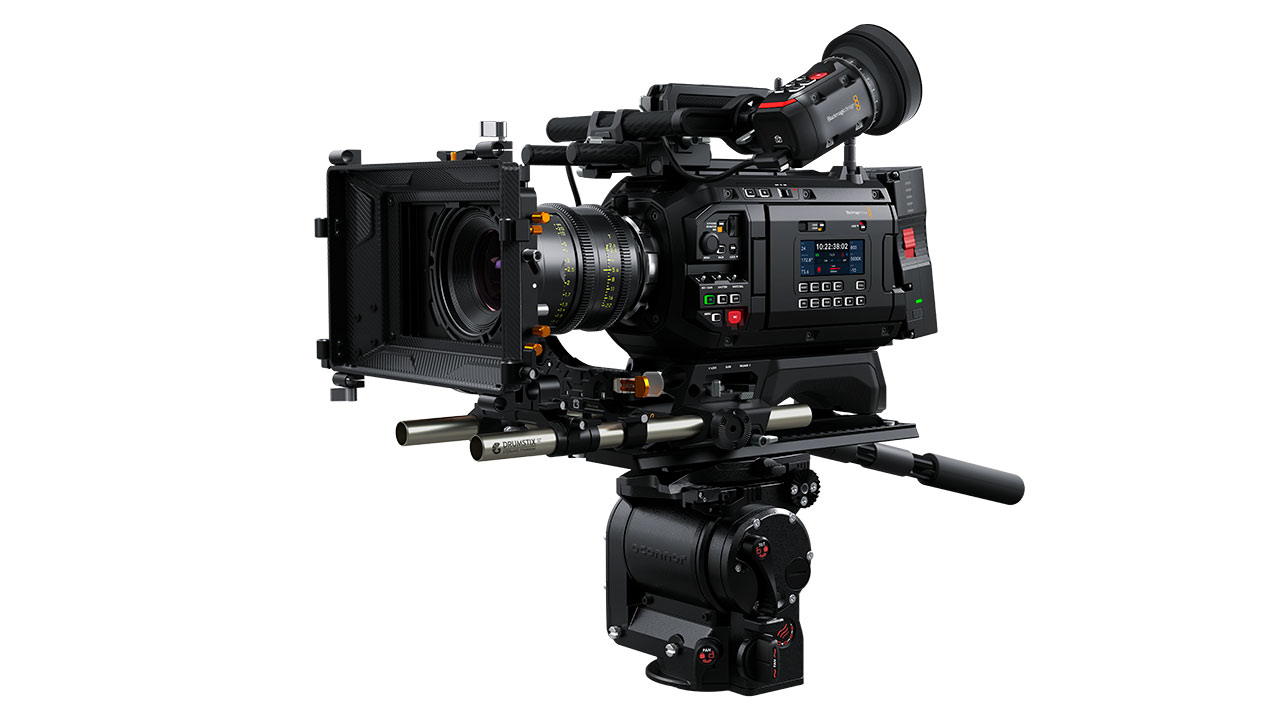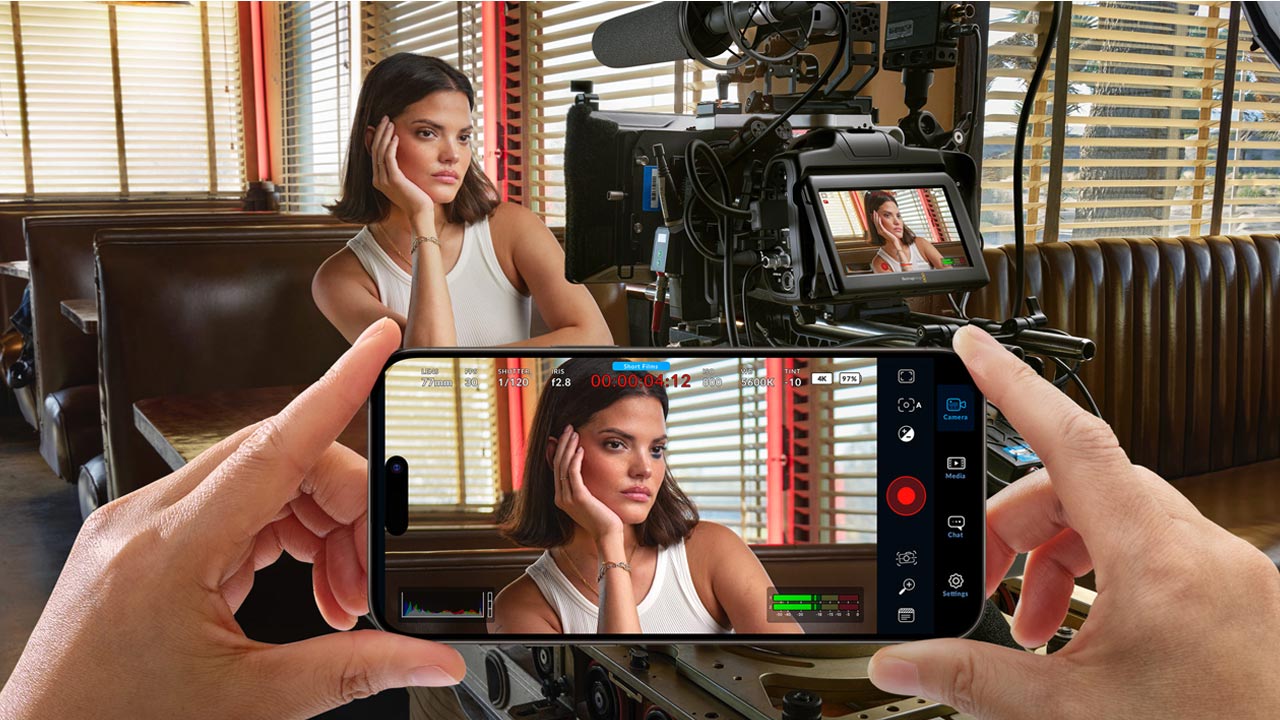
Blackmagic Design has stated that their URSA Mini Pro 12K Digital Film Camera to Shoot the Short Film “Black Maria,” to premiere at 2023 Dances With Films Film Festival at TCL Chinese Theater in Los Angeles. The film was also color graded graded and edited using DaVinci Resolve Studio.
A modern-day gangster movie, Black Maria follows Ana Morales, the wife of a local gangster and a petty villain with a penchant for violence. The arrival of her notorious Allende brothers in front of her house forces Ana to face a terrible truth about her husband. Writer/Director Marcus Albino created the original story with Barbara Esther DeJesus, co-founder of production studio Cloak and Cauldron.
From the outset, the production team was aiming for something unconventional for gangster movies.
Albino: What I wanted to portray is a different type of “strength”. Not violence for violence’s sake, but a constant struggle to maintain decency in the darkest corners of the world.
With Brad Frizzell as producer, the production team was looking for the right cinematographer. Kyle McConaughey was entrusted with the role of Director of Photography, and made an immediate impact on the team.
Albino: Kyle’s sense of lighting and composition is absolutely amazing. He suggested bold reds and greens, intense close-ups, tracking shots, and wide shots to capture the decisive moment. He also gave the actors the opportunity to take their time and immerse themselves in the character.

For Frizzell, using Blackmagic Design cameras was a natural choice.
Frizzell: The resolution and quality you get with Blackmagic cameras is unmatched, especially for cameras in this price range. If your project is on a tight budget and you’re paying your own bills, the more money you can save without sacrificing the quality of the final product, the better.
McConaughey is also familiar with Blackmagic Design cameras and wanted to use the URSA Mini Pro 12K for this project.
McConaughey: I’ve shot several feature films with Blackmagic cameras and I love the color science. Blackmagic cameras have better highlights and better skies than other cameras, so you can get great grades.
In this work, he aimed for a classic style work.
Albino: I wanted to combine the elegance of the 1950s and ’60s, as seen in The Godfather, with modern ideals and ideals.In order to achieve a grainy image quality, I decided to shoot with a 1970s Russian LOMO spherical lens, but the combination of ultra-high resolution and vintage lenses created a unique style.
Albino and McConaughey initially planned for a classic, static look found in old movies with a fixed camera, but soon switched to a more nuanced approach.
Albino: We wanted the viewer to be immersed in every moment, stay engaged, and come to one wild and violent conclusion. After shooting the first take of the first scene, I looked around the kitchen and Kyle and I were sure of what to do. We took the 12K camera off the rig and put it on Kyle’s shoulder. After that, Kyle continued to shoot on his shoulder for about half of the shooting period.

When it came to color grading, Albino and Frizzell welcomed longtime collaborator Casey Merrill to the team, who got to the heart of the project.
Merli: When Marcus contacted me, I immediately decided to participate. We immediately started talking about locations, settings, costumes, props, culture, and all the little details of the story. We spotlighted modern crime families, highlighting how strong matriarchies and human trafficking taint their businesses.
Merli has been using DaVinci Resolve since he was a student at the Academy of Art University in San Francisco 10 years ago.
Merli: DaVinci Resolve has a great user interface. My background is in graphic design, and I like the DaVinci Resolve interface more than other grading software because of the simplicity that was considered when designing it. DaVinci Resolve’s interface has a lot to offer, but each section has a grid and necessary toggles, so it’s a subtle design that reduces eye strain and distractions.
“Black Maria” had to be re-graded several times before arriving at the final look.
Merli: “Black Maria” took days just to grade. The first grading was too dark and moody. The textures of the walls, clothes, and hair were buried in shadows, and everyone felt they needed a little more brightness to view on different devices. So I adjusted the black and neutral colors a lot and put it back, but this time it was too bright. It was difficult to find the right balance between maintaining the right overall mood for the work, but also maintaining a brightness that allows you to see the details in the shadows. By the third grade, I was able to find the perfect balance. I threw this grading out to the team and everyone agreed.
Merli said he loved one particular scene.
Mr. Merli: It’s the sequence around the coffee table at the end. The dialogue, laughter, and body language between the characters mark their respective milestones in their stories. I think this scene works very well. Also, in the final scene, the newspaper had a section on movies that are currently showing, and there was a movie poster for a project we once worked on as a group. It is a playfulness secretly packed with nostalgia. This made the work even more special.
According to Albino, adopting the Blackmagic Design workflow was a strong choice.
Albino: The modern market is flooded with cameras and post-production software for indie filmmakers. This piece was a huge leap in quality and scope for me and the whole team. Even with factors beyond our control, we were confident that Blackmagic Design products would provide us with high quality images that best suited our aesthetic needs in a fast paced environment. I also think DaVinci Resolve Studio is the best example of vertical integration in the business today. Looking back, I think that many works speak for themselves.













